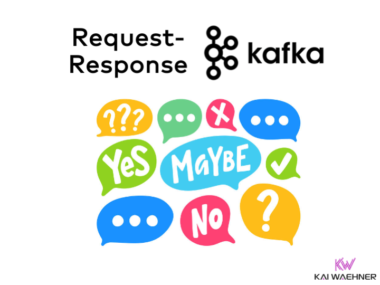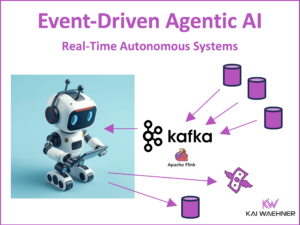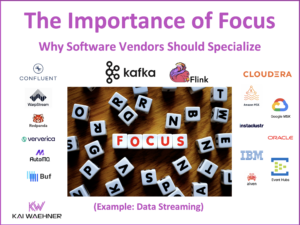In 2015, the middleware world focuses on two buzzwords: Docker and Microservices. Software vendors still sell products such as an Enterprise Service Bus (ESB) or Complex Event Processing (CEP) engines. How is this related?
Docker is a fascinating technology to deploy and distribute modules (middleware, applications, services) quickly and easily. Most people agree that Docker will change the future of software development in the next years. I will do another blog post about how Docker is related to TIBCO and how you can deploy and distribute Microservices with Docker and TIBCO products such as TIBCO EMS and BusinessWorks 6 easily.
Microservices is NOT a technology, but a software architecture style. Many people say that Microservices kill the Enterprise Service Bus (ESB) because Microservices use smart endpoints and dumb pipes. I had a talk at the Microservices Meetup in Munich in June 2015. Most attendees were surprised, why TIBCO shall be relevant for Microservices. I heard that question in several customer meetings, too. This was the main motivation for this talk. I want to share the slide deck and video recording of the talk with you…
Abstract: Why use TIBCO for Microservices?
Microservices are the next step after SOA: Services implement a limited set of functions. Services are developed, deployed and scaled independently. Continuous Integration and Continuous Delivery control deployments. This way you get shorter time to results and increased flexibility.
Microservices have to be independent regarding build, deployment, data management and business domains. A solid Microservices design requires single responsibility, loose coupling and a decentralized architecture. A Microservice can to be closed or open to partners and public via APIs.
This session discusses the requirements, best practices and challenges for creating a good Microservices architecture, and if this spells the end of the Enterprise Service Bus (ESB).
Key messages of the talk:
- Microservices = SOA done right
- Integration is key for success – the product name does not matter
- Real time event correlation is the game changer
Slide Deck from Microservices Meetup in Munich, Germany
Here is the slide deck:
Click on the button to load the content from www.slideshare.net.
Video Recording on Youtube
The session was recorded (thanks to the guys from AutoScout24). Here is the Youtube upload:
Looking forward to your feedback… Is the ESB dead or not? If no, what kind of ESB (or better said in 2015: Service Delivery Platform) do you use? If yes, how to you implement “ESB features” in your projects? “Simple” REST services and server-code under the hood, or how else?







